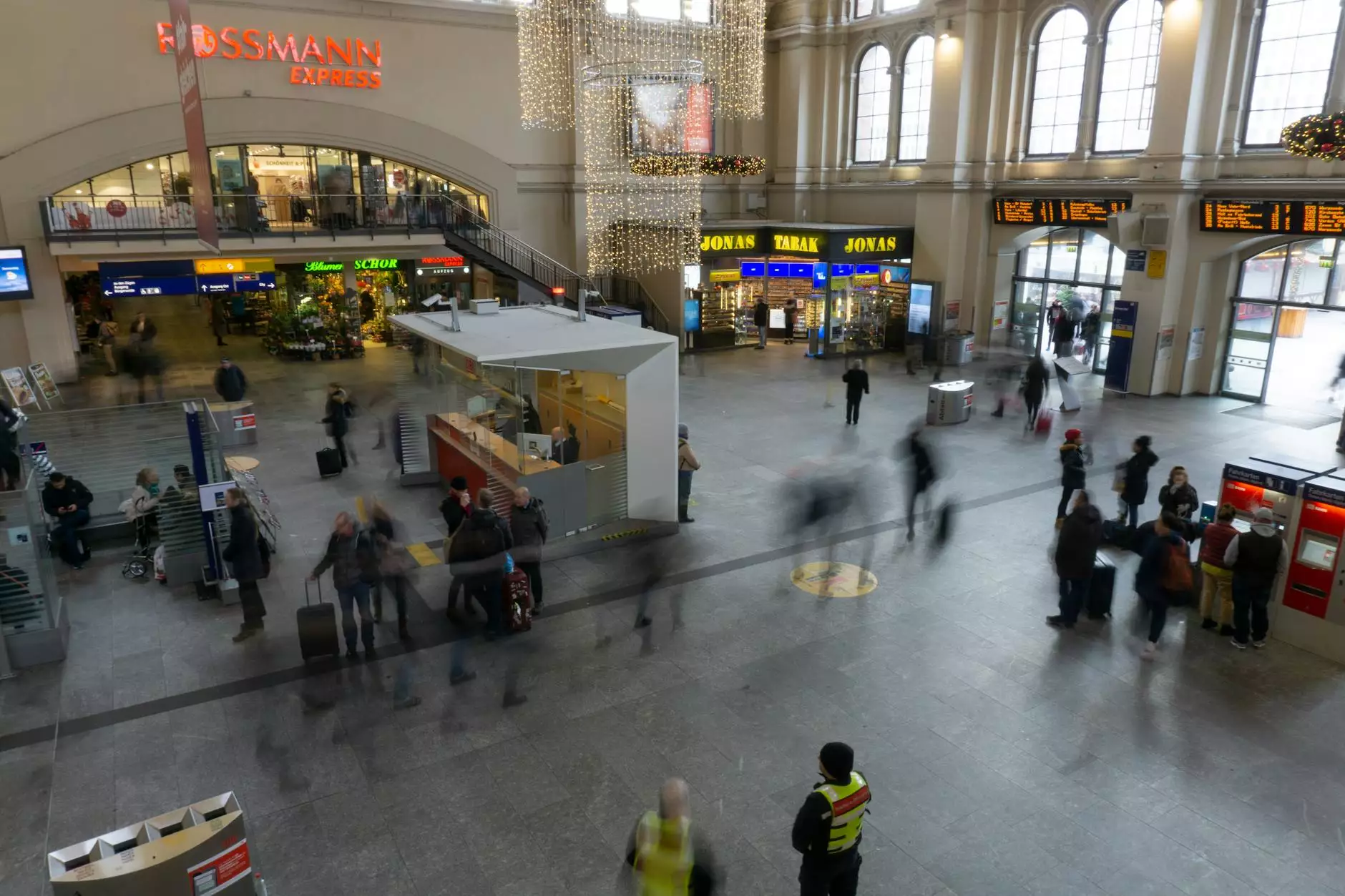The Ultimate Guide to Leonardo da Vinci's Last Supper: Art, Symbolism, and Cultural Impact

Leonardo da Vinci's Last Supper is not just a painting; it is a monumental synthesis of artistic mastery, theological symbolism, and historical significance. Revered worldwide, this artwork encapsulates the genius of the Renaissance and continues to influence artists, historians, and enthusiasts decades after its creation. This comprehensive article delves into the depths of da Vinci's Last Supper, unraveling its complex symbolism, unmatched artistic techniques, and cultural relevance that secures its place as one of humanity's most iconic masterpieces.
Historical Context of Leonardo da Vinci's Last Supper
Painted between 1495 and 1498 in the Convent of Santa Maria delle Grazie in Milan, Leonardo da Vinci's Last Supper was commissioned as part of a larger renovation initiative for the monastery. This period marks high point of the Italian Renaissance, characterized by a revival of classical learning, artistic innovation, and profound exploration of human potential. Da Vinci, already acclaimed for his diverse talents, applied his scientific curiosity and keen observation skills to this project, creating a work that was as revolutionary as it was beautiful.
The Artistic Mastery Behind da Vinci's Last Supper
Leonardo da Vinci's innovative techniques set this artwork apart from earlier depictions of the same biblical scene. Rather than traditional fresco, da Vinci employed tempera on a dry plaster wall—a technically challenging choice that unfortunately led to preservation issues. Nonetheless, this technique allowed for extraordinary detail and luminous color that still captivates viewers today. The composition showcases exceptional mastery in perspective, with a vanishing point centered behind Christ's head, creating an immersive three-dimensional effect. The meticulous use of chiaroscuro enhances the depth and realism of the figures, emphasizing their emotional expressions and interactions.
Symbolism and Hidden Meanings in Da Vinci's Last Supper
The painting is replete with symbolism that reflects theological doctrines, biblical narratives, and Leonardo's own philosophical ideas. Some key elements include:
- Jesus Christ at the Center: The compositional focal point, with Jesus depicted in a serene, calm demeanor, symbolizing divine tranquility amidst human chaos.
- The Apostles' Groupings: These are arranged in dynamic clusters, each reacting differently to the announcement of betrayal, illustrating a spectrum of human emotion.
- The Number Three: Repeated echoes of the number three—such as the three windows in the background—symbolize the Holy Trinity.
- Hands and Gestures: The varied hand gestures depict shock, disbelief, and contemplation, adding layers of interpretative richness.
- Use of Light: Strong chiaroscuro directs focus to Christ and highlights emotional intensity in the scene.
Understanding these subtle symbols elevates the appreciation of da Vinci's Last Supper from a mere visual spectacle to a profound spiritual and philosophical statement.
The Influence of Da Vinci's Last Supper on Artistic and Cultural Landscapes
This masterpiece has profoundly impacted the trajectory of Western art. Its innovative use of perspective inspired countless painters and set new standards for narrative composition. The familiarity with its arrangement and symbolism has permeated popular culture, inspiring literary works, films, and even modern interpretations in advertising and fashion.
Moreover, the painting's enduring mystique and the numerous conspiracy theories surrounding it—such as hidden codes and secret messages—continue to spark interest among scholars and enthusiasts alike. Modern restoration efforts have sought to preserve its legacy, offering insights into Leonardo's techniques and intentions through scientific analysis and digital reconstructions.
Preservation Challenges and Modern Restorations of Da Vinci's Last Supper
The fragile nature of the original Last Supper has posed significant conservation challenges. Environmental factors, pollution, and earlier restoration attempts contributed to deterioration over centuries. Recognizing its cultural importance, conservation experts have employed cutting-edge technologies like laser cleaning and infrared imaging to stabilize and restore the artwork without compromising its authenticity.
Today, the painting is continuously monitored, and high-resolution reproductions serve as educational tools, allowing wider audiences to appreciate its grandeur. Digital recreations and virtual tours provide immersive experiences, sustaining its relevance in the digital age.
How to Experience Da Vinci's Last Supper in Milan
Visiting the Convent of Santa Maria delle Grazie offers an unparalleled opportunity to witness this masterpiece firsthand. To maximize your experience:
- Book tickets in advance: Due to limited viewing capacity, tickets are often sold out weeks ahead.
- Opt for guided tours: Knowledgeable guides decode symbolism, artistic techniques, and historical context.
- Respect the preservation efforts: Follow all rules, such as no flash photography and limited viewing times, to help preserve this treasure.
- Explore surrounding exhibits: Learn more about Leonardo da Vinci's life and other works at nearby museums and historical sites in Milan.
Experiencing The Last Supper in person grants a powerful connection to art history, theology, and human creativity, enriching your cultural perspective.
The Continuing Legacy of Leonardo da Vinci's Last Supper
This timeless masterpiece continues to inspire new generations of artists, scholars, and spiritual seekers. Its innovative approach to composition, symbolism, and emotional depth encapsulates the very essence of Renaissance humanism and religious thought. Crucially, it exemplifies how art can serve as a bridge between the divine and human experience, making it a perpetual source of fascination and reverence.
Today, digital reproductions and scholarly research keep the dialogue around da Vinci's Last Supper vibrant and evolving. Its influence extends beyond the art world into popular culture, intellectual debates, and spiritual discussions, ensuring its place in the collective consciousness for centuries to come.
For those seeking to deepen their understanding of this extraordinary work, numerous resources—including academic publications, virtual museum tours, and expert lectures—are readily available. Embracing these opportunities enriches the appreciation and ensures the legacy of Leonardo da Vinci’s genius remains alive and thriving.
Why Choose Worldee.co.uk for Your Business and Artistic Insights
At worldee.co.uk, we are committed to providing comprehensive, high-quality content that elevates your understanding of arts, culture, and business excellence. Our dedication to detailed research, engaging storytelling, and SEO optimization ensures that you gain the most valuable insights to enhance your knowledge and success.
Whether you're exploring history, art, or entrepreneurial opportunities, our platform offers a rich repository of information, guiding you toward informed decisions and inspired creativity.
In conclusion,Leonardo da Vinci's Last Supper stands as a towering achievement in human history—merging artistic innovation with profound spiritual symbolism. Its enduring influence proves that great art transcends time, continuing to inspire and enlighten across centuries. Explore, appreciate, and let this masterpiece elevate your understanding of the divine, the artistic, and the human spirit.
da vinci last supper








